Social prescribing is a means for individuals to be connected to non-medical forms of support within the community. This can be everything from art to nature to voluntary and community groups, to also things like advice for benefits, for housing or for other social challenges they might be facing. It is a really innovative idea because it is strength-based; it looks at what the assets are in communities that we can be drawing on to support health and healthcare. It also focuses on what is important to individuals, what matters to them; we think about what their goals are, what the needs within their lives can be.
Social prescribing: rethinking health
Professor of Psychobiology & Epidemiology
- Social prescribing is a means for individuals to be connected to non-medical forms of support within the community.
- Social prescriptions can be anything from attending arts, music, heritage or cultural activities in the community to participating in nature-based or green activities or exercise programs.
- Engaging in these activities — arts, nature, social groups and voluntary activities — helps improve multiple aspects of health and well-being, reducing symptoms of depression and anxiety while increasing life satisfaction.
- We could substantially invest in community organizations in the first place, a preventative approach that has the high potential to reduce the demand for health services at all.
An innovative idea
 © Monkey Business Images via Shutterstock
© Monkey Business Images via Shutterstock
Complementing medical care
Social prescribing has arisen from a recognition that we do not always have medical solutions to problems, and sometimes problems do not need medical solutions. Estimates are that somewhere between 20 and 40% of doctor visits are actually not for medical reasons, but they are for social reasons. When people present with certain problems — for example, mental health problems — while there might be medication or psychotherapies that can be helpful, we also have to acknowledge that those problems are rooted in people's contexts. There could also be issues with housing, with social isolation, with benefits that might need to be sorted as well if we are going to help people and give them the best possible chance of recovery. That is why social prescribing is so innovative, because it actually provides an opportunity to think, as well as the medical, what else can we be bringing into the picture that might be providing those health solutions?
Early programs and rollout
It is an idea that has been going on for decades. In the UK, we have early examples of it in the 1970s and 80s. Bromley by Bow Centre in east London was one of the really early pioneers, doing programs like Exercise on Referral. Over in Gloucestershire, Art Lift was one of the early examples over there that referred people to arts programs, but it really had a major development in the UK in 2019.
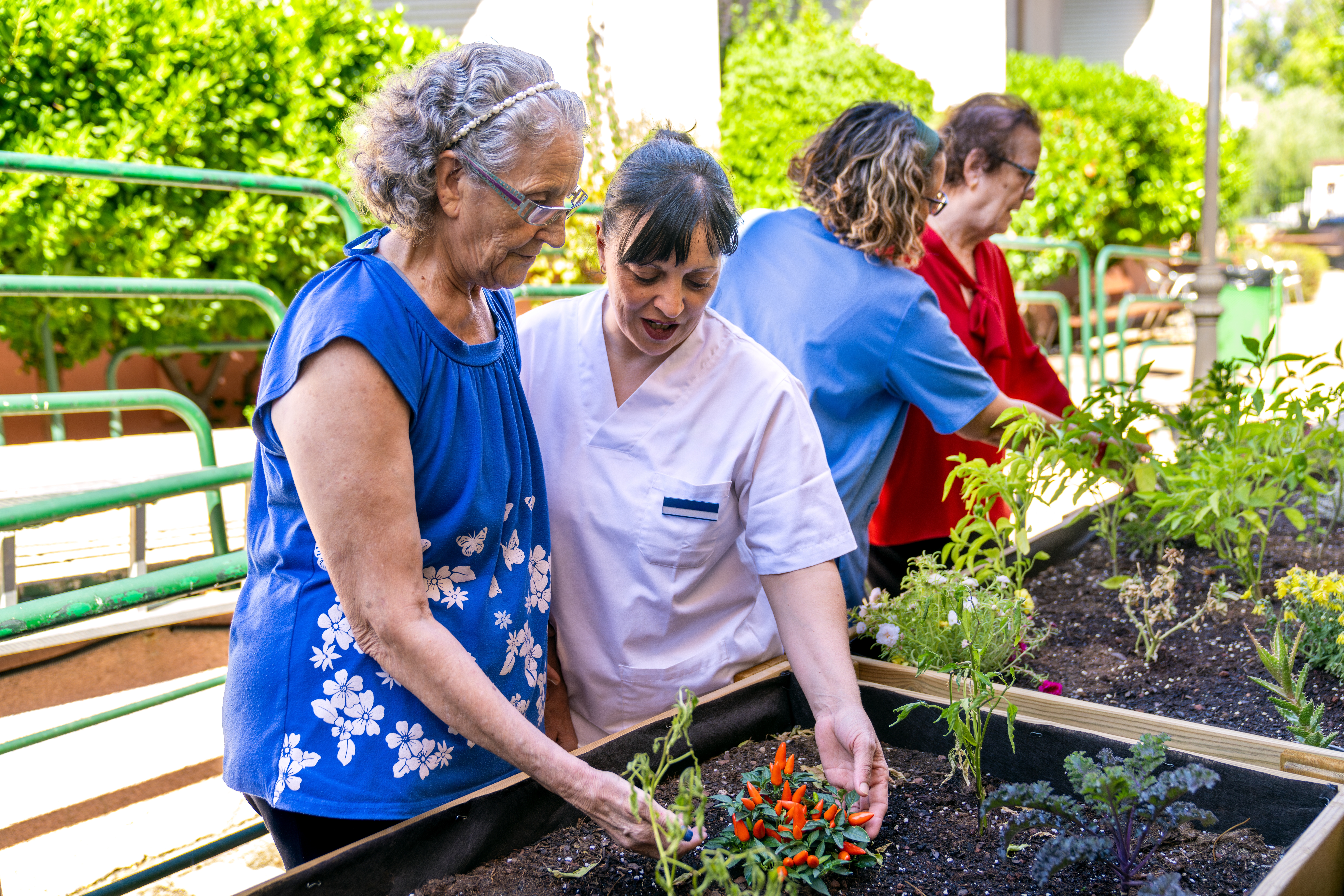 © Koldo_studio via Shutterstock
© Koldo_studio via Shutterstock
Social prescribing had a major national rollout as part of the long-term plan, so there were link workers that began to be embedded in medical practices all around the country. Already in the first four years of that scheme, it reached over 5.5 million patients, who have between them nearly 10 million consultations. That number has continued increasing since, and social prescribing has also now rolled out to over 40 countries around the world. The whole idea has become a major international rethinking about how we can help to support people's health by connecting them to these community sources of support.
Models of social prescribing
The most common model of social prescribing is that a patient will visit their doctor, who will recognize that they could benefit from the scheme. The doctor will then refer them to someone called a link worker, who has expertise in all the different kinds of activities available in the community and can provide a combination of signposting.
 © Fizkes via Shutterstock
© Fizkes via Shutterstock
They can also provide motivational coaching and support that might help them recognize which activities are best, how they can overcome the barriers to engaging and look, over perhaps multiple consultations, at whether the program of activities that they are thinking of is helping. It is not the only model. Actually, what we see is there are many other ways that people can engage in social prescribing. They can refer themselves. They could be referred through social care or through voluntary organizations, and we are also starting to see even more plurality in terms of where the link workers are involved or whether there are other kinds of trusted individuals who might be supporting somebody in engaging.
Social prescriptions can be anything from attending arts, music, heritage or cultural activities in the community to going to other nature-based or green activities or exercise programs. It can also be referrals to job centers, to benefits advice, to lawyers for legal support with social issues. It can also be really tiny steps that are necessary to achieve that. Some social prescriptions are for a bus pass so that somebody is actually able to get to town centers where some of these services might be available. For some people, social prescribing can involve one activity; for others, it involves many different things. Sometimes we see people engaging in social prescribing just for a few weeks to get the kind of support they need, whereas for others it can be something that they continue doing as a way of helping with the long-term management of their health and well-being.
From contact to support
To give you an example of how it works, within the trial that we have been leading within my team — which is looking at young people to adolescents with mental health problems who are on child and adolescent mental health service waiting lists — as young people have been entering the waiting lists, we have then been approaching them through their clinical staff within their mental health service and asking if they would like to be involved in social prescribing. If they have then said yes, they have been connected to a link worker who has been specifically trained in how to work with young people and also has really good knowledge of which activities in the local community could be appropriate and supportive for young people, given the particular vulnerabilities they are experiencing.
 © Priscilla du Preez via Unsplash
© Priscilla du Preez via Unsplash
The young people have then had up to six sessions with those link workers, sometimes online, sometimes in person, depending on their interests and needs. In those sessions they have done things like talk about their goals and aspirations. They have done gentle, creative activities to put the young people at ease, and they have helped them to map out a roadmap for where they want to get to and what kind of steps could be helpful along the way. What has been really good about this as well is it has been integrated with the waiting list. There has been lots of safeguarding and support. If the young people start to experience more problems, this can be referred back to the clinical staff within the mental health service. We have some really lovely case studies and examples of how this has worked.
Evidence and effectiveness
One of the big debates within social prescribing has been how strong the evidence actually is for it. When you look at evidence reviews, they are often fairly negative, saying that the quality of evidence so far is low, and that it is not actually understood if it has an impact or how and why. One of the really important things to be aware of here is that these evidence reviews are often looking at studies that will look at social prescribing with one particular health outcome. As I have outlined it, it is such a complex mechanism of care that saying, 'Does social prescribing work?' is a bit like saying, 'Do drugs work?' You would be asking: 'Which drugs for which health needs? What are you trying to achieve with them?' This makes us think a little differently about how we should be researching social prescribing. What are we hoping it is going to achieve? It can be helpful to break it down into thinking, 'Do the activities themselves work?' then thinking, 'Does social prescribing effectively connect people to those activities?' Then, when we start thinking of the overall picture, for certain populations, asking, 'Can we see really clearly from randomized trials that referring them through this whole mechanism leads to the outcome that we had specifically been hoping for?'
 © EF Stock via Shutterstock
© EF Stock via Shutterstock
If we think about the activities themselves, there are now dozens and dozens of meta-analyses of trials showing that if people engage in these activities — arts, nature, social groups, voluntary activities — this helps to improve multiple aspects of health and well-being, reducing symptoms of depression and anxiety, increasing life satisfaction, helping people to stay physically active, reducing blood pressure, supporting cognition, providing social support and reducing loneliness. We also know that other activities common in social prescribing, like job centers and benefits advice, can practically very much help people to get the support that they need and change their life situations.
Recipients and inequalities
Inequality is another area that has caused some concern over time. People were initially worried that social prescribing might even exacerbate health inequalities by going to individuals who were already quite likely to do those activities, meaning that those who do not do them are even less well off proportionally to those who engage more. Actually, when we started looking at this, that was not at all the picture that we were seeing. My team and I have been analyzing data from medical records — from cloud based platforms that gather lots of information on social prescribing — and what we have been seeing repeatedly across these analyses is that social prescribing is actually going disproportionately more to individuals who are facing greater socioeconomic hardship: individuals on benefits, individuals who live in more deprived areas and people who have more long-term conditions.
 © Dmytro Zinkevych via Shutterstock
© Dmytro Zinkevych via Shutterstock
This is really promising because it is exactly what we would hope social prescribing would be achieving. In fact, year on year, we are finding that social prescribing is going more and more to people who live in the most deprived areas.
Leading to health improvements
When we think about the question of whether social prescribing as a whole mechanism works for particular health conditions, we also start to see some really interesting results. One of the very early trials on this, way before the national rollout in the UK, looked at whether people who were presenting to their doctors with low-level mental health problems and social needs could get benefit from being referred through to voluntary organizations — things like Alcoholics Anonymous, mum and baby toddler groups or job centers or other kinds of third-sector support.
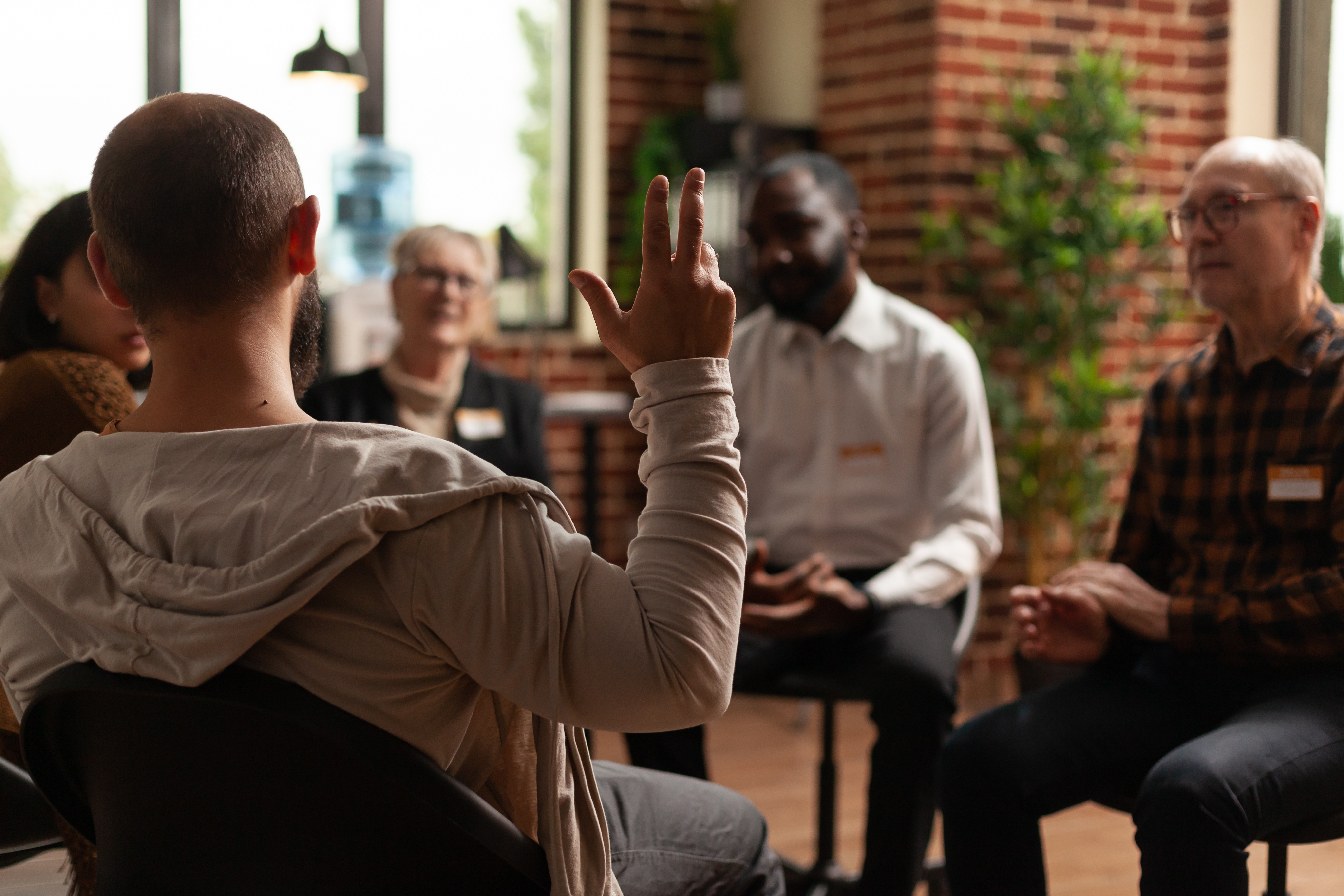 © DC Studio via Shutterstock
© DC Studio via Shutterstock
This actually found that these referrals were leading to improvements in mental health and reductions in anxiety. They were also leading to a greater ability for individuals to carry out their day-to-day tasks, so a whole range of personal and functional outcomes. Since then, there have been many more trials. Many of them have looked at exercise on prescription, showing that this does indeed help to increase people's physical activity levels. Whether or not it affects things like blood pressure, cholesterol or BMI actually depends on where the people's levels of those were abnormal in the first place. We cannot really expect an improvement if somebody is already happily within the normal range. We have within my team been leading lots of trials, looking at things like arts on prescription as part of social prescribing. One big trial that we have been collaborating on with colleagues in Greece has shown that adults with severe mental illnesses who engage in arts on prescription are seeing really marked improvements in their symptoms of anxiety and depression within just 12 weeks, and we found this as well for more bespoke programs. One that we have worked on a lot is a singing for postnatal depression program, which focuses on mothers experiencing postnatal depression and provides a bespoke music activity they can do for 10 weeks. This has been shown to substantially reduce their symptoms — in fact, faster than non-bespoke activities in the community and faster than usual care on the NHS. All of these kinds of trials are starting to really build the confidence that social prescribing can actually have the specific desired outcomes for specific populations.
Ongoing research and economics
We currently have ongoing trials looking at social prescribing for young people who are on very long waiting lists for mental health support. We have trials ongoing to see if social prescribing can reduce relapse rates when people have had mental health treatments, and we have trials ongoing in schools looking at social prescribing as a way of reducing loneliness for children who might be at risk of developing mental health problems in the future. There is also a really important data picture around what we can glean from medical records.
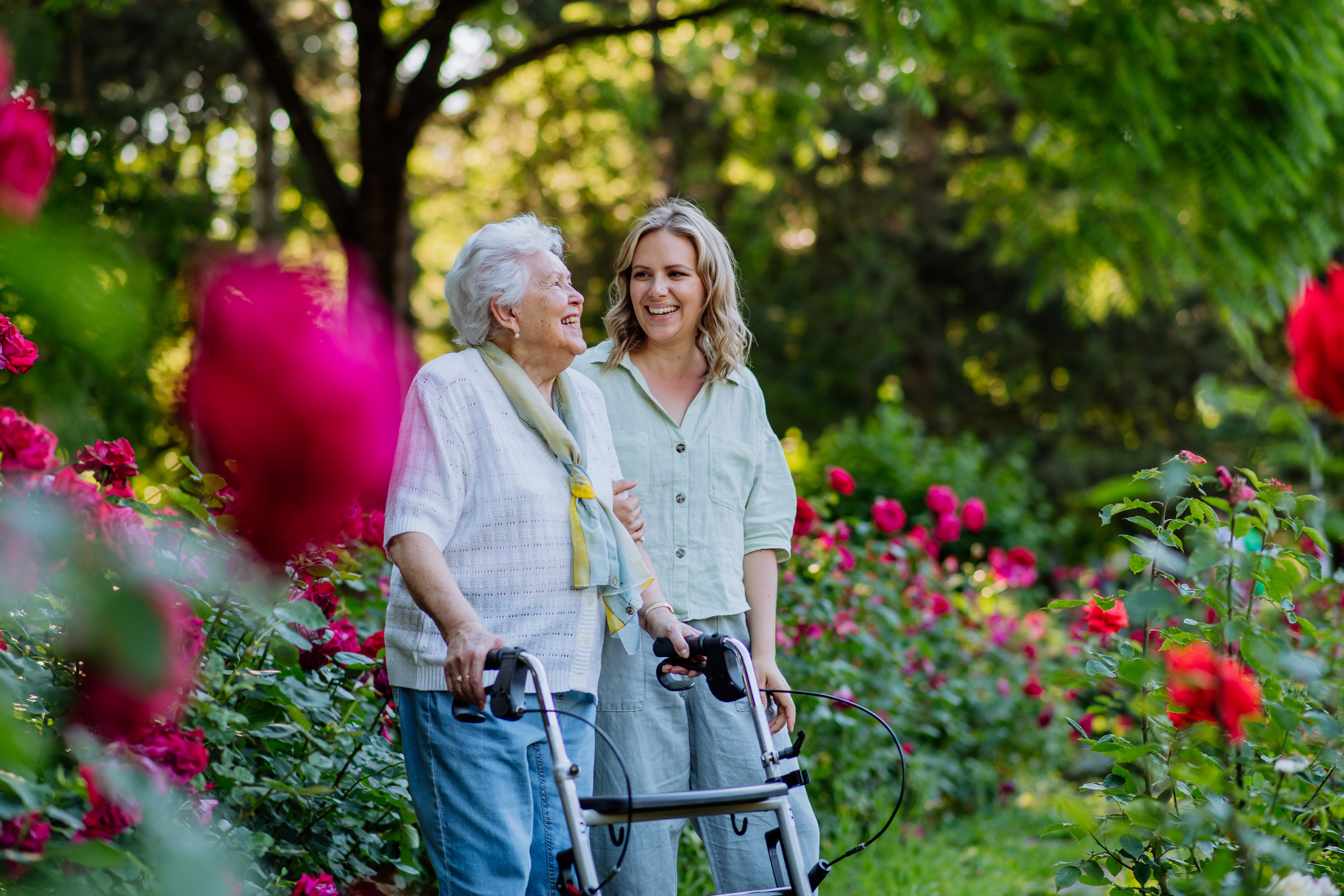 © Halfpoint via Shutterstock
© Halfpoint via Shutterstock
Already, some studies at local levels have shown that if people engage in social prescribing, they tend to reduce their levels of doctor visits and Attendances and Emergency Admissions, particularly for those people who actually had very high levels of those attendances in the first place. We are currently doing some really exciting, very large scale national analyses looking at how social prescribing affects people's well-being levels and what the economic implications of this are. One study that was looking at green social prescribing specifically showed really clearly that people who received green social prescribing had subsequent improvements in their well-being, and they were able to equate this to a saving of over £2 versus every £1 that was being spent on the program.
Case study: reengagement
One of the young people in our trial had been having lots of problems at school for years. He had very high levels of anxiety and could not cope with the group settings. He was a really promising athlete but had dropped out of this as the anxiety got worse; he ended up dropping out of school without qualifications and was really struggling to find work. Through the sessions with the link worker, he started to build up some more confidence. He actually had thoughts about what he would like to do and realized that physical activity was really valuable to him. With the link worker support, he started getting engaged again in regular physical activity, even going back to some training sessions that he had done previously. He then realized that one of his goals was that he wanted to do this himself, leading activities with other people.
 © Alexis Brown via Unsplash
© Alexis Brown via Unsplash
With the support of the link worker, he actually went and signed up for some mentoring and training in this. This culminated with the link worker going to enroll in college to learn how to lead physical activity training sessions. It is a really nice example of how having that person who was able to help him think through those steps, and provide the tangible support of going to places with him to help him to make those key life decisions, has been really valuable in helping him start doing activities that he had previously withdrawn from because of his anxiety.
Scaling and prevention
Within the UK, we already have a national program of social prescribing, and we are starting to see similar large-scale change occurring in other countries, too. Around 40 countries are now delivering it already; in Greece, there is currently a big pilot looking at a national scheme for people who have mental health problems. There is other really exciting work underway in other places as well. We have been collaborating with colleagues in Singapore who are looking at similar large scale programs, this time linked in with secondary care for people who have had hospital admissions.
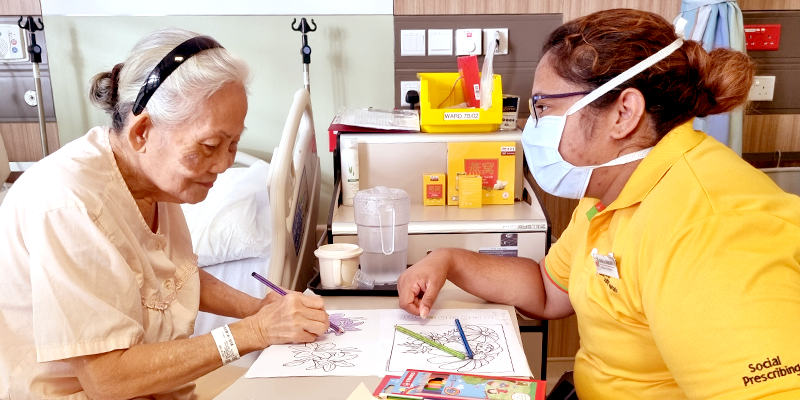 © SingHealth Community Hospitals
© SingHealth Community Hospitals
Moving forward there are definitely really interesting directions that social prescribing is going in, one of which is more of a left-shift model. We are recognizing increasingly that people do not always need the link worker to provide that kind of support. Sometimes the activities themselves, if people are already engaging in them as part of their day-to-day lives, can be preventative, helping to stop people developing the problems that mean they need to be entering healthcare pathways at all. There are some regions of the UK that are now piloting programs where they are putting money directly into the voluntary and community sector organizations to try and achieve this primary prevention objective. These schemes are part of a new innovative model that is happening in the UK, which is to try and develop a social impact finance model. The idea here is that, at the moment, lots of the funding for social prescribing is largely only really going to link worker roles, but there has not been the same investments into community services. This can be a real barrier because we know that often those community services have been having quite large cuts over the last decade, so they do not necessarily now have the capacity to deliver the work that link workers want to be able to send their way. The social funding model is saying, let us match the funding that goes into the link workers and from the NHS with other funding that will be directly supporting community organizations. This is really exciting because it is giving a whole new joined up way of working between the health service but also between businesses, between charities and between other government departments. It is really exciting to see this happening here, but there are also other models. In Greece, for example, they have joined up working on their pilots between the ministries for health and the ministry for culture. This cross-governmental working is becoming more and more common in pilots of social prescribing.
Fundamental approach to health
Only around 25% of health outcomes are attributable to healthcare, whereas we know that around 50% of health outcomes are actually caused by social and environmental circumstances.
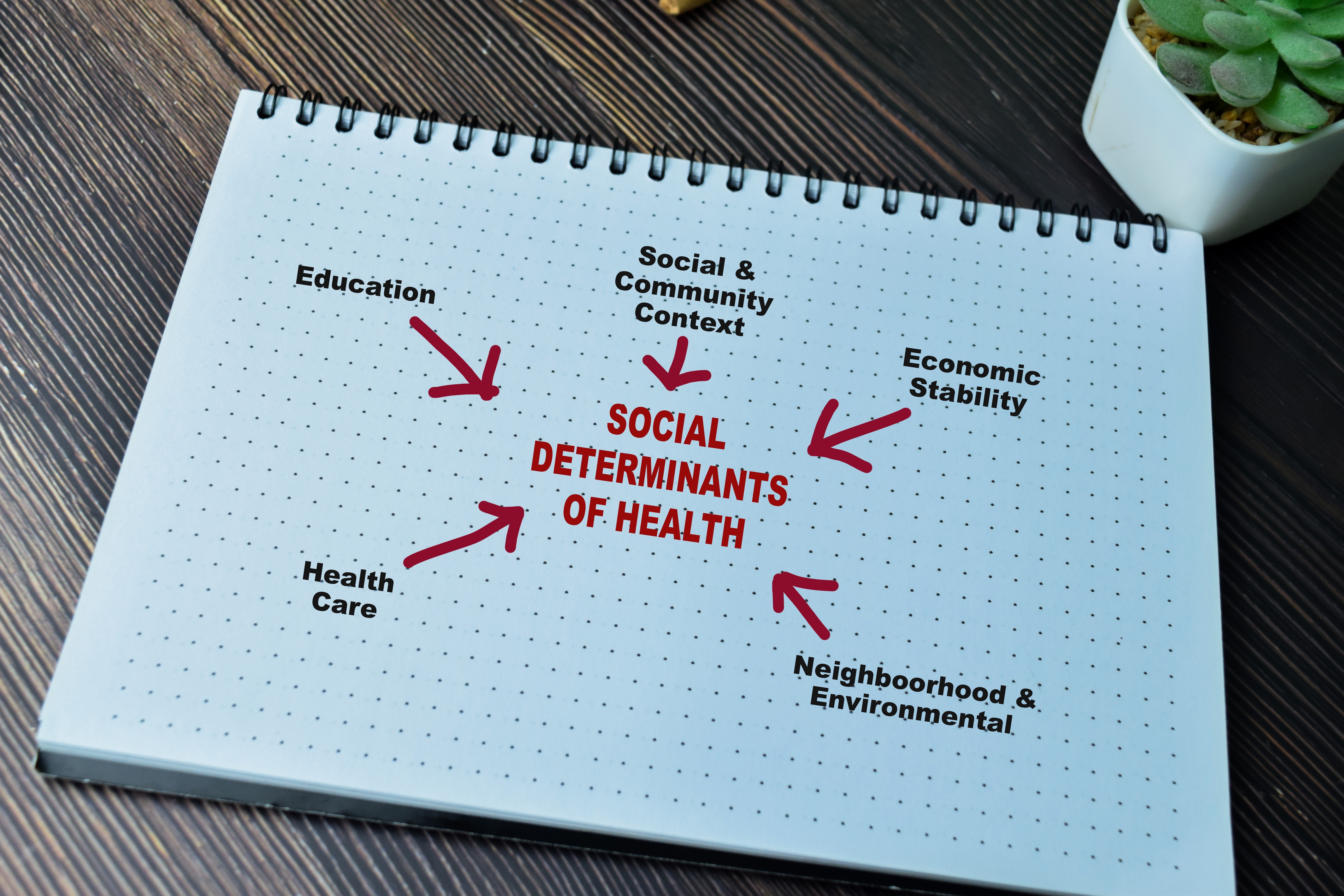 © Shutterstock
© Shutterstock
The way that we proportion health budgets is completely the opposite of that. What I would be saying to governments is, can we be more radical in this? Instead of cutting budgets to the community sector at times of austerity and then ending up with health services that have got more and more people that are needing their support, could we be investing substantial funding into those community organizations in the first place, trying to achieve that left shift and hoping that the more preventative approach might reduce the actual demand we end up needing in the health service at all?
For many people, social prescribing is a new thing that they have only heard about recently, but the whole concept of social prescribing is what healthcare used to be centuries ago: the idea that community was providing support that was so important for us. Actually, far from being a new way of thinking, it is more of a return to an older way of thinking that we seem to have stepped away from as we have moved more and more towards biomedical considerations of health. I think it is really valuable for us, as we are looking forward, to really bear that in mind and recognize that social prescribing is an innovation, but it is also a fundamental approach to health with which we need to reconnect.
Editor’s note: This article has been faithfully transcribed from the original interview filmed with the author, and carefully edited and proofread. Edit date: 2025
Discover more about
social prescribing
Fancourt, D. (2026). Art Cure: The science of how the arts transform our health. Cornerstone Press.
Fancourt, D. (2017). Arts in health: Designing and researching interventions. Oxford University Press.
Fancourt, D. & Finn, S. (2019). What is the evidence on the role of the arts in improving health and well-being? A scoping review. WHO Regional Office for Europe.
Fancourt, D., Aughterson, H., Finn, S., Walker, E. & Steptoe, A. (2021). How leisure activities affect health: a narrative review and multi-level theoretical framework of mechanisms of action. The Lancet Psychiatry, 8(4), 329–339.
Fancourt, D. & Perkins, R. (2018). Effect of singing interventions on symptoms of postnatal depression: Three-arm randomised controlled trial. The British Journal of Psychiatry, 212(2), 119–121